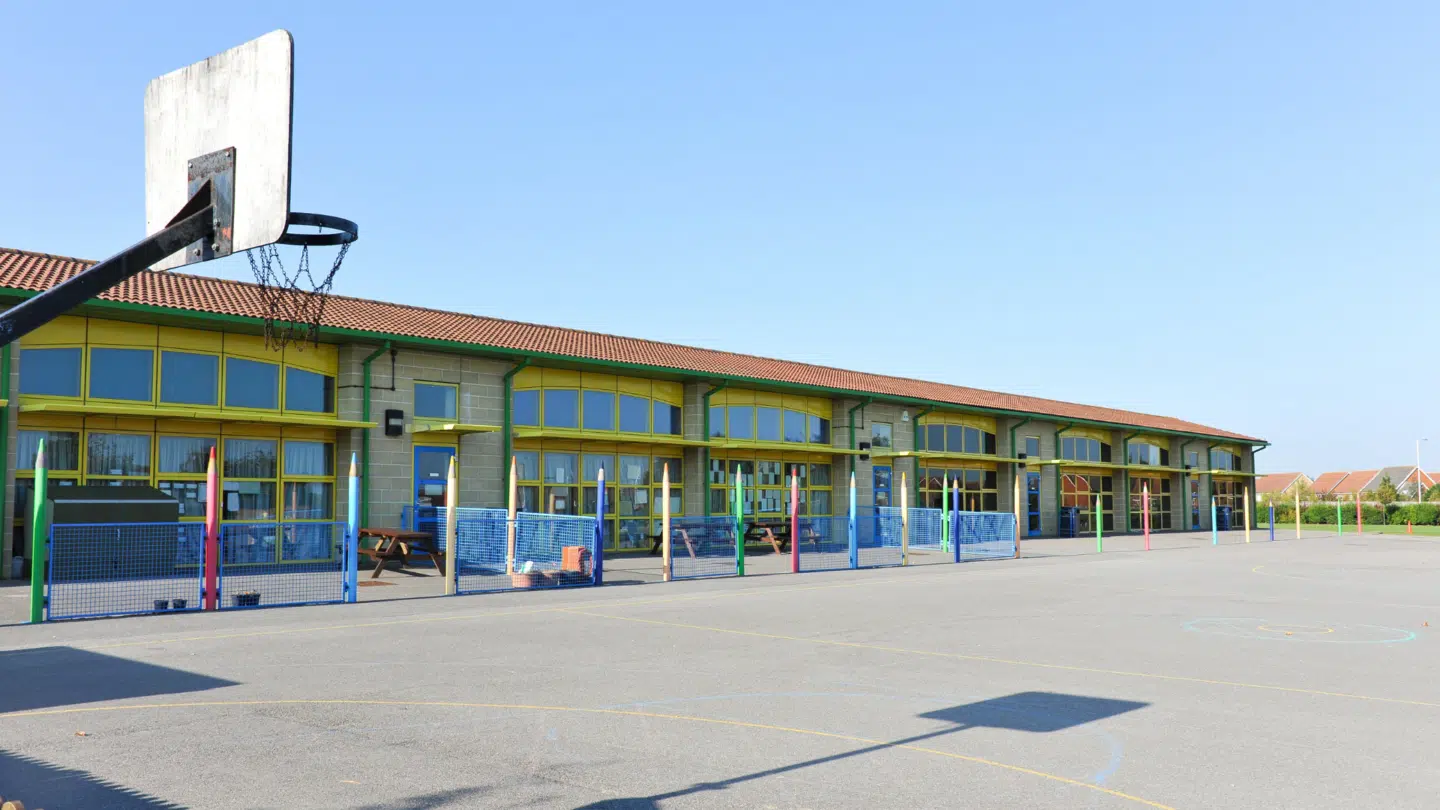By Ben Newmark
China Mieville’s ‘The City and The City’ is a fantasy detective novel in which two populations coexist in the same physical space, but are separated by culture and laws that forbids interaction.
They manage this by the conscious and unconscious act of “unseeing”, through which they can live their lives as two sets of disconnected peoples.
Mieville is making a wider point about the world we all live in.
Each family is different to each of its members and every company is different to each of its employees. To make them hang together as distinct entities the people in them must, to some extent, ‘unsee’ our differences.
Schools do this to function but it means that when problems are serious, the unseeing is dangerous.
*
No school can be one thing to everyone in it. There are too many different people doing too many different things.
The values, beliefs and aims of an ECT will be different to those of the Headteacher. What the Headteacher believes is going on in the SEND department may be very different to what Teaching Assistant’s think is going on. The experience of a child who finds learning easier and is in all the top sets, will be different to the experiences of a child who find learning harder, and spends much of their time in small group intervention.
As hard as schools try for consistency there will always be differences. No school is just one school.
This is daunting for school leadership and it can be tempting to ignore it: to pretend their beliefs, values and aims are shared by everyone, or that all decisions are good ones and all outcomes are positive.
For those that want to really know what’s going on it’s often hard to find out.
Hierarchies and the disparate distribution of power mean those lower in the ranks are incentivised to tell the higher-ups what they think they want to know and to change only superficial aspects of their practice when under scrutiny.
Are classroom entry and exit routines really standardised or do people only apply the agreed procedures when the SLT is on the corridor? Does everyone really think behaviour is better than last year or are they just saying it is because they want to signal loyalty and they know it’s what the Deputy Head in charge of behaviour wants to hear?
*
Teacher Tapp have let me look at their results database (don’t worry, I’m only seeing the sort of results you see on the blogs) and to look over the reports that people using School Surveys by Teacher Tapp are receiving.
One of the first obvious things is that carefully constructed questions make for more reliable and useful results than many internal google-forms based systems can achieve.
BUT I also noticed that responses to School Surveys questions vary markedly even within the same school. In fact, answers can be entirely opposite. For example, on the topic of communication, I’ve read reports where teacher says it’s excellent in their school, while another said it was confusing and contradictory.
At first this can seem annoying. What’s the point of asking if people are going to give you such divergent views that you can’t do anything about it?! But it’s important to know this sort of thing.
The plot of The City and The City is driven by a murder that affects both populations. It can only be solved by the police seeing both sides. While ‘unseeing’ allows both cities to rub along together most of the time, this unseeing becomes an obstacle when there is a serious problem that threatens everyone.
Right now , schools are facing serious problems that are threats to us all: Attendance. Mental wellbeing. Recruitment and Retention.
Schools that don’t know about differences in their staff’s views issues are vulnerable to making decisions on how to solve the problems based on the usual biases and from creating narratives that might be at best be comforting fictions. To solve these issues we must properly understand what all people in schools really think about them.
There are many ways to look for this sort of powerful information and School Surveys is only one, but it does offer some serious advantages. The ability to benchmark against other schools can help leaders understand whether what’s going on in theirs is in line with others nationally and with others working in comparable settings – to see the similarities and the differences.
It also gives Trusts the ability to see how its decisions are perceived in its different schools. By allowing schools and trusts to ask the same questions over time, and track how responses have changed, it also helps leaders see the true impact of new initiatives and strategies.
Going forwards, schools have a lot of challenges but TeacherTapp and SchoolSurveys want to help. So over the next few weeks, I’ll be looking more at the data and drawing out key lessons and questions it might be helpful for everyone in schools to consider.
In the meantime, think about the most powerful questions you could ask your staff.
And if you want to know more about what we’re doing with School Surveys – and if you want to avoid “unseeing” and really get to know what’s going on in your school – get in touch with us to learn more about our (very simple) platform.
Ben is a practising history teacher and senior leader. He has been teaching for twenty years.



